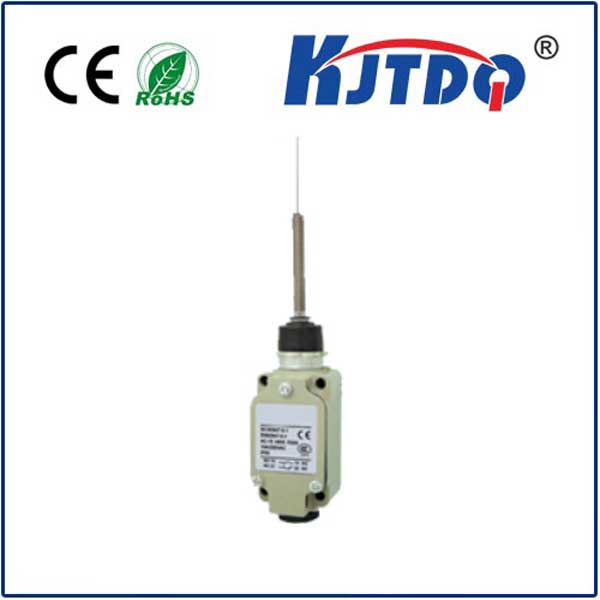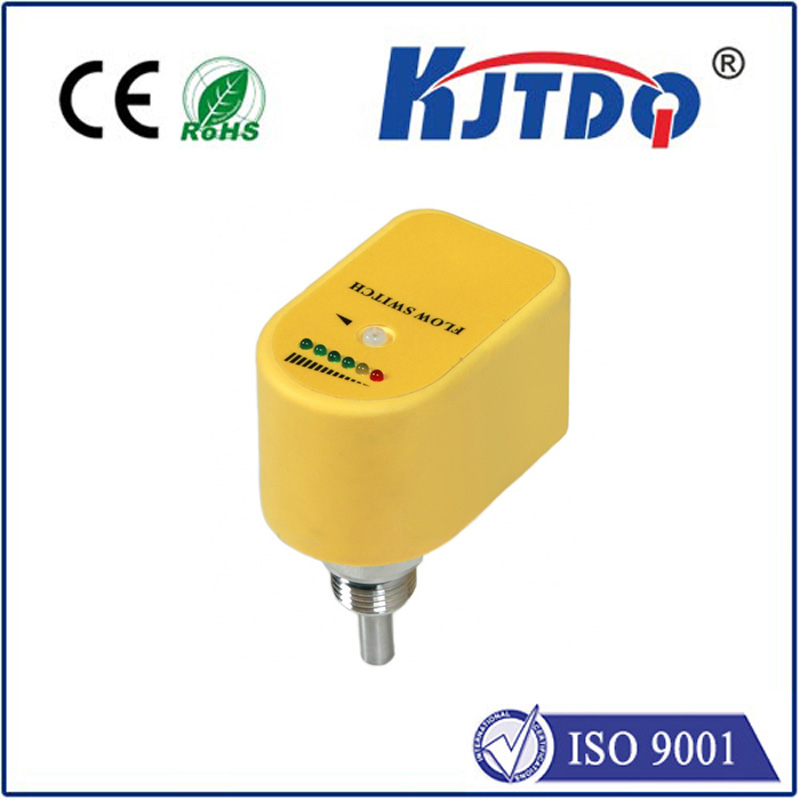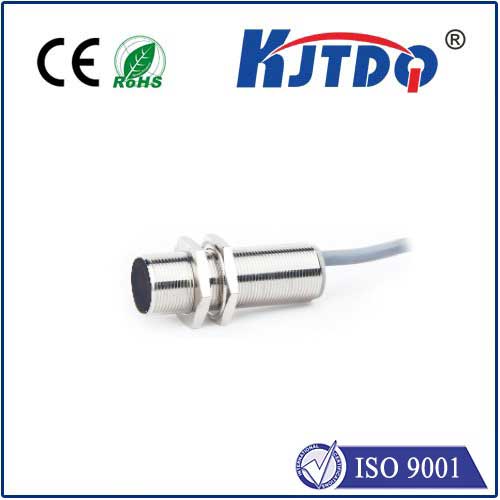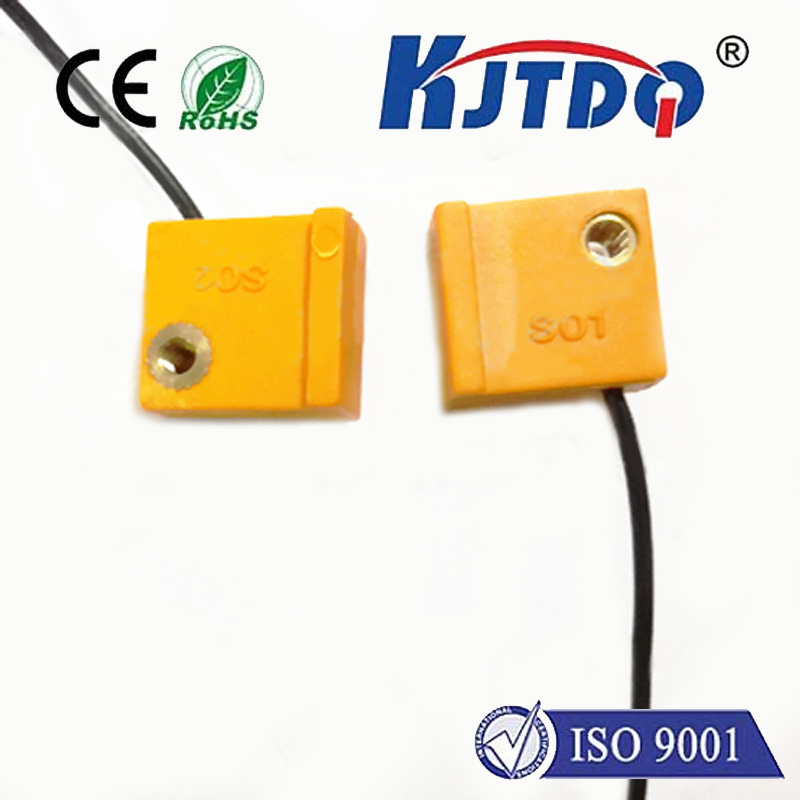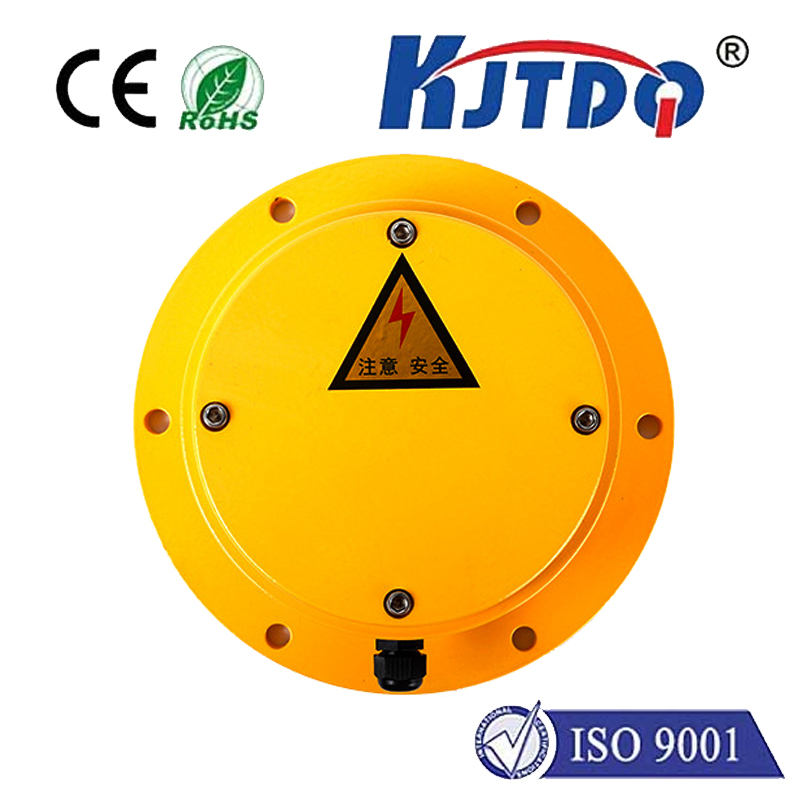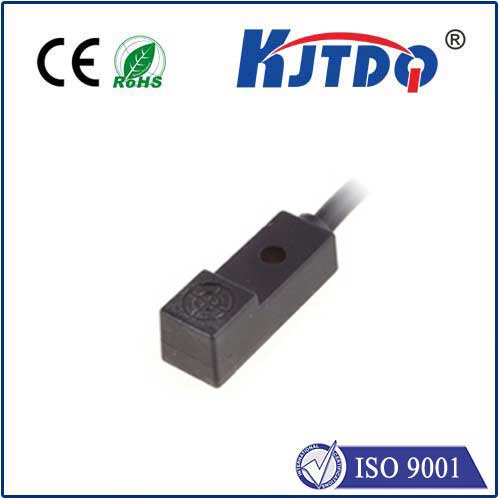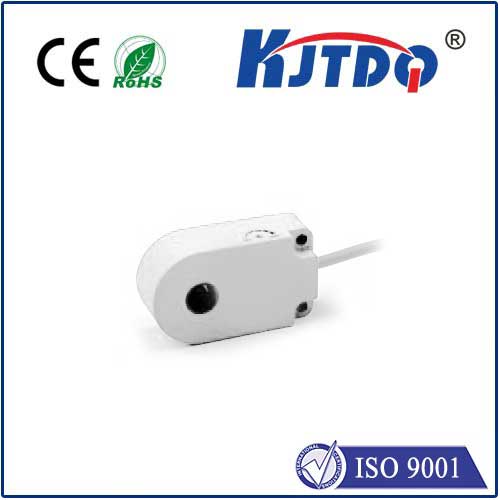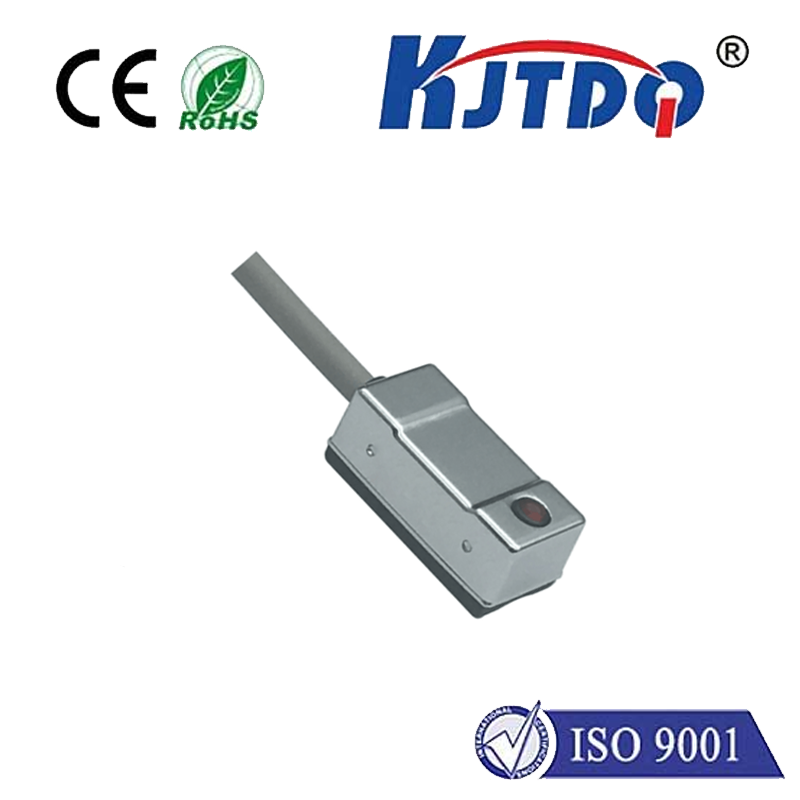
check

check

check

check
Title: Understanding the Basics of CS7 Limit Switch
Introduction to CS7 Limit Switch and Its Importance in Industrial Automation
In industrial automation, limit switches play a crucial role in ensuring the safe and efficient operation of mechanical systems. The CS7 limit switch is a popular type of switch used in various industries, including automotive, aerospace, and robotics. This article will provide an in-depth understanding of the CS7 limit switch, its working principle, installation, and maintenance, as well as its importance in ensuring the safety and productivity of industrial processes.
What Is a Limit Switch?
A limit switch is a mechanical device that is used to detect the motion or position of a machine or mechanism. It is typically made of a movable arm or lever that contacts a sensor or other component when the machine or mechanism reaches a certain point or position. The contact of the limit switch generates an electrical signal, which can be used to control the operation of the machine or trigger an alarm or notification.
Types of Limit Switches
There are several types of limit switches available, each designed for specific applications and operating conditions. Some common types include:
1. Reversible Limit Switches: These switches have two positions, one for forward motion and one for backward motion. They are commonly used in machines that need to stop automatically when they reach a certain position.
2. Non-Reversible Limit Switches: These switches have only one moving part and do not have a reverse function. They are often used in situations where it is important to know when a machine has reached its maximum or minimum position.
3. Travel Limit Switches: These switches are designed to detect the distance traveled by a machine or mechanism. They typically consist of a magnetic coil that is triggered when the machine moves past a set distance.
4. Proximity Limit Switches: These switches work on the principle of electromagnetic fields and are typically used in proximity-type sensors. When a machine or mechanism approaches the sensor, the magnetic field changes, causing the switch to trigger an electrical signal.
Working Principle of CS7 Limit Switch
The CS7 limit switch is based on the same principles as other limit switches. It consists of a movable arm or lever that contacts a sensor when the machine or mechanism reaches a certain position or point of motion. The contact generates an electrical signal that can be used to control the operation of the machine or trigger an alarm or notification.
Installation and Maintenance of CS7 Limit Switches
Installing and maintaining CS7 limit switches requires proper knowledge and skills to ensure their reliable operation and longevity. Here are some key points to consider:
1. Selection: Choose the appropriate type of limit switch based on the requirements of your application and operating conditions.
2. Positioning: Place the limit switch at the desired point of detection in the machine or mechanism. Ensure that the switch is positioned correctly to minimize false triggers and enhance accuracy.
3. Electrical Connections: Connect the electrical terminals of the limit switch according to the manufacturer's instructions. Make sure that the connections are secure and free from any contamination or debris.
4. Testing: Perform thorough testing of the limit switch before installing it in the machine or mechanism. Check for proper activation and deactivation, correct positioning, and no visible signs of damage or wear.
Maintenance: Regular maintenance is crucial for ensuring optimal performance and reliability of CS7 limit switches. Here are some steps you can follow:
* Clean the surface of the limit switch regularly with a soft cloth dampened with mild soap and water
